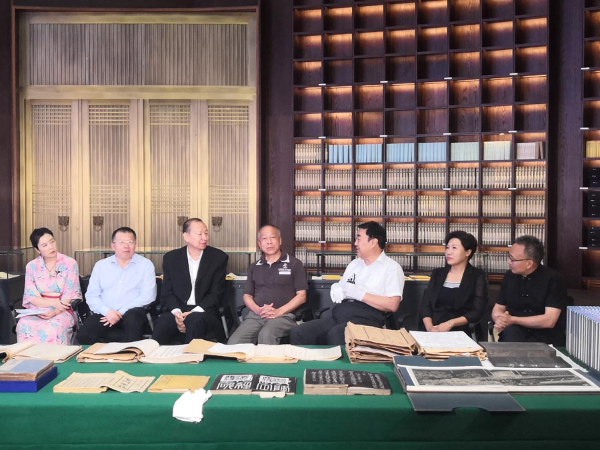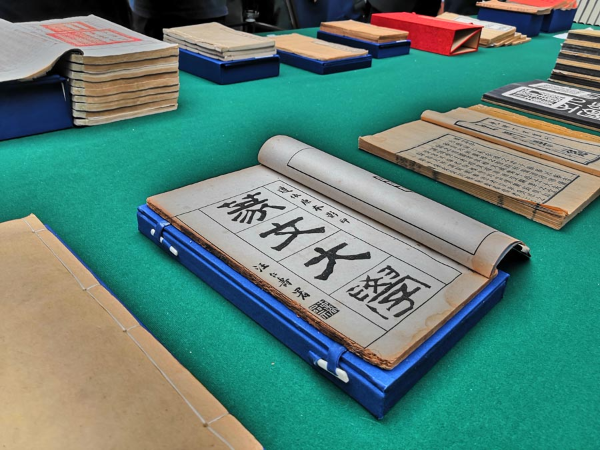Bringing the classics back to life
To revive a long-lost tradition, the National Library of China has teamed up with the Confucius Museum to host a book-sharing conference in Qufu.

Liao Ji, former director of the Chinese National Academy of Arts, says: "This set of stone-carved Confucian classics took more than 50 years to complete. The rubbings are exquisite and contain over 620,000 Chinese characters. It reminds me of another set of stone-carved works, the Xiping Confucian classics, which were made under the guidance of Cai Yong, a man of letters who lived during the Eastern Han dynasty (25-220). However, only less than 9,000 characters from this work remain in existence, and it's much less complete than the Qianlong work."
According to Zhang, cultural relics are relatively approachable artifacts for the general public to appreciate since they are often attractive as objects. But ancient books, with their dog-eared appearance, hard-to-recognize scripts and often unfathomable content, are not so accessible.
"But since President Xi Jinping asked that we enliven ancient books, we organized this event to help make them more accessible and give people a feel for them," says Zhang.
"The sensation is similar to how you feel when you meet a star face-to-face rather than seeing them on the screen. Seeing the ancient books with your own eyes will give you a totally different feeling-you will be able to appreciate their warmth," says Wei.

Among the ancient books on display, the Kong family documents are a highlight from the Confucius Museum's collection. As the hometown of Confucius and his offspring, many documents, such as family trees and local chronicles, were passed down through the family and are now stored at the museum.
"As an eminent family, the Kong family attached great importance to protecting the literature pertaining to their family. We have one set of Kong family trees that was revised during the Ming Dynasty (1368-1644), and another that was revised in the early 20th century," says Kong Xianglin, a former vice-dean at the Chinese Confucius Research Institute, who is a 75th-generation descendant of Confucius.
Other events related to book sharing will be held at salons, lecture halls and exhibition spaces in many Chinese cities over the course of the month.
In order to bring back ancient books to life, Lian proposes that experts and specialists comb through the ancient works and promote those that will resonate most with modern-day audiences.
"Since there are so many ancient books, most ordinary people won't have time to read them all. It's better that we guide them through the process and choose a few key works for them to read, explaining the ancient classics in the language of modern times."

